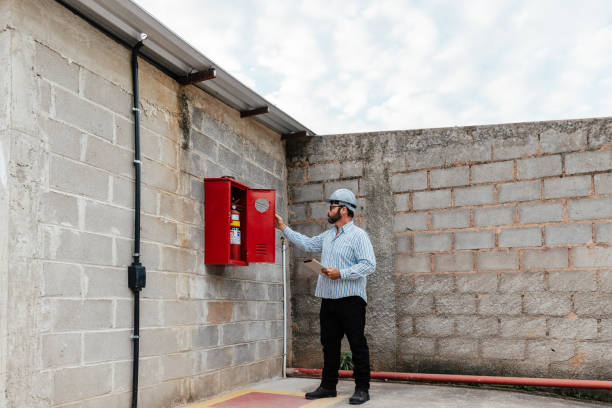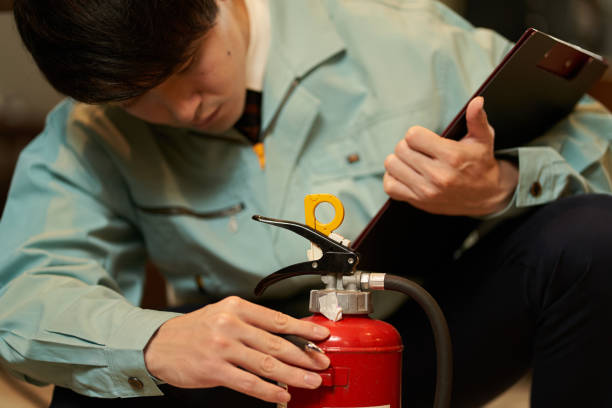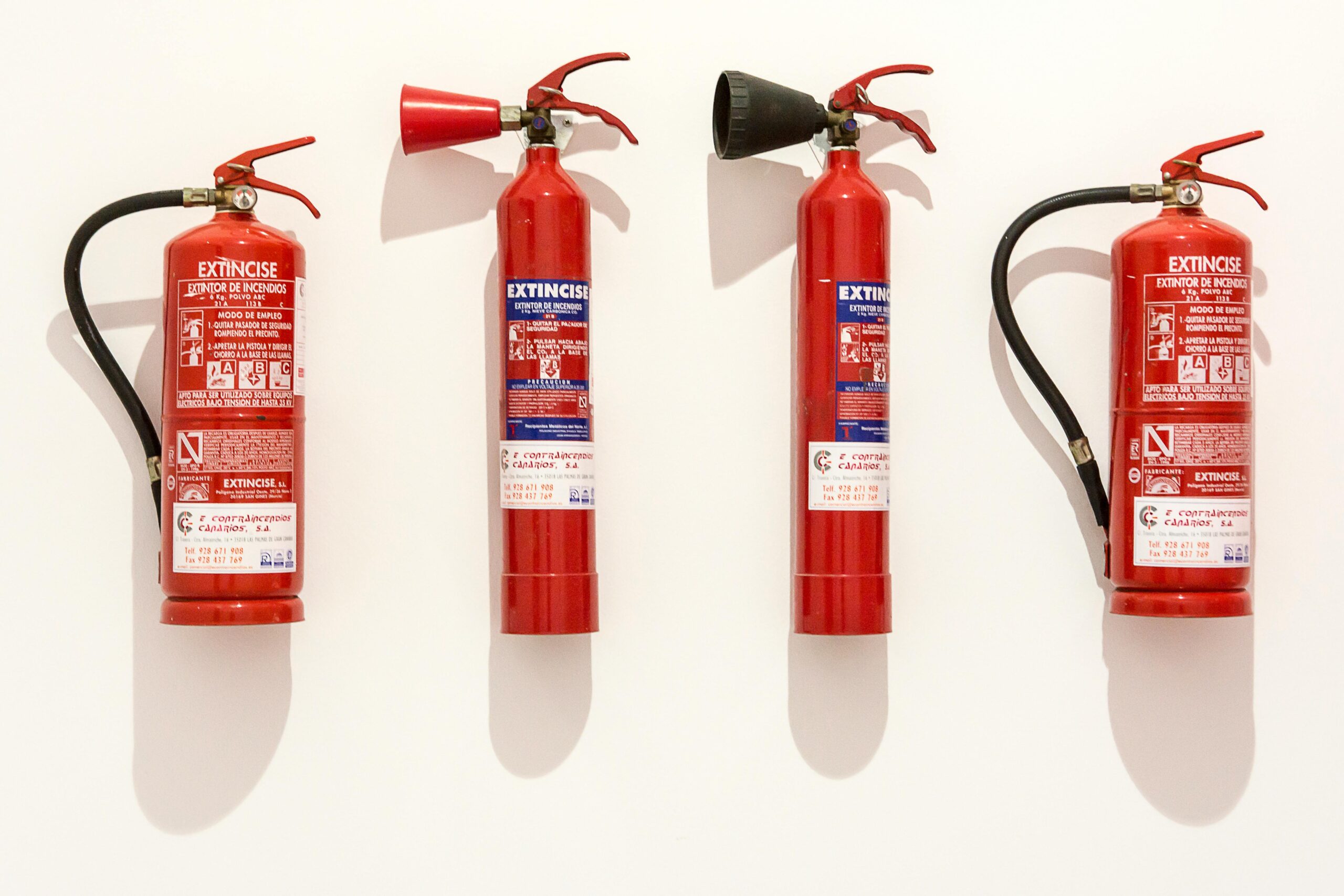
A fire risk assessor for commercial buildings helps businesses identify hazards, meet safety regulations, and reduce the risk of combustion-related incidents. Regular assessments ensure that safety measures are in place, escape routes remain clear, and equipment such as alarms and extinguishers are fully operational. Without these checks, businesses risk penalties, increased insurance costs, and potential harm to employees, customers, or property.
Fire safety laws require commercial property owners, landlords, and business managers to conduct fire risk assessments. These assessments help prevent hazards such as faulty electrical wiring, blocked fire exits, and the improper storage of combustible materials. If ignored, these risks can lead to severe consequences, including building damage, legal action, and business closures.
A professional fire risk assessor inspects every aspect of a commercial property, providing clear recommendations to improve fire safety. They evaluate structural risks, ensure compliance with safety laws, and advise on best practices for preventing combustion-related hazards. Businesses that take fire safety seriously not only protect their premises but also create a secure environment for employees and visitors.
This article will look into the importance of hiring a fire risk assessor for commercial buildings, the most common hazards found during assessments, and the legal responsibilities businesses must follow. Whether you own an office, retail space, or warehouse, understanding how fire risk assessments work is essential for maintaining a safe and legally compliant building.
The Role Of A Fire Risk Assessor For Commercial Buildings
A fire risk assessor plays an important role in ensuring that businesses remain compliant with safety laws while protecting their premises from potential combustion hazards. Assessors conduct detailed inspections to identify risks, recommend safety improvements, and ensure that all necessary precautions are in place to reduce the likelihood of ignition-related incidents.
1. Identifying Potential Hazards
During a fire risk assessment for commercial buildings, assessors inspect properties for factors that could contribute to combustion. Some of the most common risks include:
- Electrical faults – Overloaded sockets, exposed wiring, or faulty appliances can spark ignition if left unchecked.
- Blocked escape routes – Hallways, doors, or stairwells obstructed by furniture or storage items can prevent safe evacuation.
- Combustible materials – Businesses that store large amounts of paper, chemicals, or flammable liquids must ensure proper storage away from ignition sources.
By identifying these issues early, a fire risk assessment for commercial buildings helps businesses take proactive steps to prevent dangerous situations.
2. Ensuring Compliance with Safety Regulations
Businesses must comply with the Regulatory Reform (Fire Safety) Order 2005, which mandates regular fire risk assessments for commercial buildings. A professional assessor ensures that a property meets all safety requirements, including:
- Having working smoke detectors and alarm systems to provide early warnings.
- Installing emergency lighting to guide people out safely if power fails.
- Ensuring fire extinguishers are placed in key areas and regularly serviced.
Failure to comply with these regulations can lead to legal action, fines, or closure of a business. A risk assessor provides documentation proving that a property meets the required standards, which is essential for insurance purposes.
3. Reducing the Risk of Business Disruptions
An ignition-related incident can cause significant financial and operational disruptions. Damaged equipment, destroyed inventory, and forced business closures can result in lost revenue. A fire risk assessor for commercial buildings helps prevent this by identifying risks before they escalate. Businesses that invest in professional assessments not only improve safety but also protect themselves from unexpected downtime.
4. Providing Training and Safety Recommendations
Beyond risk identification, assessors provide training and recommendations to ensure staff understand how to handle emergency situations. This includes:
- Educating employees on the correct use of extinguishers and safety procedures.
- Creating evacuation plans tailored to the building’s layout.
- Ensuring that safety drills are conducted regularly.
By working with a professional assessor, businesses can maintain safer environments, remain legally compliant, and prevent avoidable ignition-related incidents.

Common Hazards Identified During A Fire Risk Assessment For Commercial Buildings
A fire risk assessment helps business owners identify and address hazards that could lead to combustion-related incidents. Many workplaces unknowingly contain elements that increase the risk of ignition, which is why professional assessors conduct thorough inspections to pinpoint potential dangers. Below are the most common hazards found during assessments and how they pose a threat to businesses.
1. Electrical Hazards and Faulty Wiring
Electrical systems are a frequent cause of ignition-related incidents in commercial buildings. Over time, wiring can degrade, leading to sparks or overheating. Common issues include:
- Overloaded circuits, which generate excess heat and increase the risk of electrical failure.
- Frayed or damaged wiring, which can cause short circuits and produce sparks.
- Faulty appliances or machinery, which may overheat if not properly maintained.
Routine checks of electrical systems and professional inspections help reduce the likelihood of these risks developing into more severe incidents.
2. Improper Storage of Flammable Materials
Many businesses store materials that can fuel combustion, sometimes without realising the risks. Common examples include:
- Stacks of paper, cardboard, or packaging materials left near heat sources.
- Cleaning chemicals and industrial solvents stored improperly.
- Waste materials left unattended, increasing the risk of a spark igniting nearby objects.
Safe storage practices, such as keeping flammable substances in fire-resistant cabinets and ensuring waste disposal areas are regularly maintained, help lower this risk.
3. Blocked Escape Routes and Poor Exit Signage
A business must have clear escape routes in the event of an emergency. However, many assessments uncover problems such as:
- Blocked stairwells and corridors, preventing people from evacuating quickly.
- Locked or obstructed emergency exits, making it difficult to leave the building safely.
- Insufficient or poorly placed exit signage, leading to confusion during an emergency.
Ensuring exits remain unobstructed and that all emergency lighting is fully operational can make evacuation safer and faster.
4. Lack of Proper Safety Equipment
Many commercial properties either lack the necessary safety equipment or fail to maintain it. A fire risk assessment for commercial buildings typically finds:
- Smoke detectors not functioning properly or missing batteries.
- Extinguishers that have expired or are not placed in easily accessible locations.
- Sprinkler systems that have not been inspected regularly.
By keeping safety equipment up to date, businesses can ensure they are prepared for an unexpected ignition-related event.
Why Addressing These Hazards Is Essential
Identifying and eliminating hazards through professional assessments significantly reduces the risk of combustion-related incidents. Businesses that take proactive measures not only protect their employees and customers but also avoid costly repairs and legal consequences.
Legal Responsibilities For Business Owners And Landlords
Hiring a fire risk assessor for commercial buildings ensures that businesses meet legal safety requirements and avoid penalties. Property owners and landlords have legal obligations to assess and manage combustion risks in their buildings. Failure to comply with fire safety laws can result in fines, legal action, and potential closure of the business. Below are the key legal responsibilities that commercial property owners must follow.
1. The Regulatory Reform (Fire Safety) Order 2005
The Regulatory Reform (Fire Safety) Order 2005 is the primary law governing fire safety in England and applies to all commercial buildings. It states that a responsible person must:
- Conduct regular fire risk assessments for commercial buildings to identify hazards.
- Implement necessary safety measures to reduce risks.
- Ensure emergency exits and evacuation routes remain accessible at all times.
- Provide fire-fighting equipment such as extinguishers and alarms.
- Train employees on safety procedures and emergency response plans.
Failure to comply with these rules can lead to fines or prosecution. A professional assessor ensures businesses meet these legal requirements.
2. Who Is Responsible for Fire Safety in Commercial Buildings?
Business owners, landlords, and property managers all have roles in ensuring safety compliance. The responsible person can be:
- The building owner or landlord.
- A business operator using the premises.
- A facilities manager responsible for day-to-day operations.
In shared buildings, multiple responsible persons must work together to ensure overall safety compliance.
3. The Consequences of Failing a Fire Risk Assessment
Ignoring fire safety regulations can have serious legal and financial consequences. Businesses that fail to comply with legal requirements may face:
- Enforcement notices, requiring urgent safety improvements.
- Prohibition notices, restricting building use until fire risks are addressed.
- Hefty fines, which can range from thousands to millions of pounds for serious breaches.
- Legal prosecution, leading to business closure or even imprisonment for extreme cases of negligence.
Regular fire risk assessments prevent these risks, ensuring businesses operate within the law while protecting employees and visitors.
4. How a Fire Risk Assessor Helps Businesses Stay Compliant
A fire risk assessor for commercial buildings ensures full legal compliance by:
- Conducting detailed risk assessments and inspections.
- Providing tailored recommendations to improve safety.
- Keeping up with law changes and ensuring businesses meet updated regulations.
- Offering documentation to prove compliance during inspections.
Why Businesses Must Take Legal Responsibilities Seriously
Following legal fire safety requirements is not just about avoiding penalties; it protects lives, assets, and business operations. Hiring a fire risk assessor for commercial buildings ensures compliance, reducing risks while providing peace of mind for property owners and managers.

Benefits Of Hiring A Fire Risk Assessor
Hiring a fire risk assessor is one of the most effective ways to ensure safety, legal compliance, and business continuity. Fire risk assessments identify potential hazards, provide solutions to reduce risks, and ensure that all fire safety measures are in place. Below are the key benefits of working with a professional fire safety expert.
1. Preventing Damage and Financial Losses
A fire risk assessor helps businesses avoid costly damages caused by combustion-related incidents. If hazards go undetected, a minor issue—such as faulty wiring—could escalate into a major problem, leading to expensive repairs or complete loss of property. Regular assessments ensure that risks are managed before they turn into emergencies, saving businesses from unexpected financial setbacks.
2. Ensuring Legal Compliance and Avoiding Fines
Commercial property owners and landlords must comply with fire safety laws to avoid legal penalties. A fire risk assessor for commercial buildings ensures businesses meet the requirements outlined in the Regulatory Reform (Fire Safety) Order 2005. Failure to comply can lead to:
- Fines ranging from hundreds to millions of pounds.
- Prohibition notices that restrict building use.
- Legal action that may result in business closure.
A professional assessment helps businesses remain compliant, reducing the risk of enforcement actions.
3. Lowering Insurance Costs
Many insurance providers offer reduced premiums for properties that undergo regular fire risk assessments. A well-maintained commercial building with clear safety measures is considered a lower risk, leading to potential savings on insurance policies. Additionally, failure to meet fire safety standards may result in denied insurance claims if a fire occurs.
4. Protecting Staff, Customers, and Visitors
The safety of employees, customers, and visitors is a top priority for any business. A fire risk assessor identifies hazards that could put lives in danger, ensuring that evacuation plans, extinguishers, and alarm systems are properly in place. Having a clear fire safety strategy reduces panic and improves emergency response in the event of an incident.
5. Improving Business Reputation
A company known for prioritising safety attracts trust from customers and employees. Businesses that invest in regular fire risk assessments demonstrate responsibility and commitment to safety, which can enhance their reputation and credibility.
Why Hiring a Fire Risk Assessor is a Smart Decision
A fire risk assessor for commercial buildings helps businesses operate with confidence, knowing they are fully prepared for potential risks. By preventing hazards, ensuring legal compliance, and reducing financial risks, professional fire safety assessments are an essential investment for any commercial property.
Protect Your Business With Expert Fire Risk Assessments By Legacy GLM Group
Fire risk assessment for commercial buildings is one of the best decisions any business owner or landlord can make. Fire safety is not just about meeting regulations—it’s about protecting lives, property, and business operations. Without proper risk assessments, businesses are exposed to unnecessary hazards, legal penalties, and potential financial losses.
A professional fire risk assessor identifies risks before they become serious problems. Faulty wiring, blocked escape routes, or improper storage of combustible materials can all increase the likelihood of an incident. Regular assessments ensure these risks are addressed early, helping businesses stay compliant with safety laws while reducing the chances of disruption.
At Legacy GLM Group, we provide thorough fire risk assessments for commercial buildings, ensuring that businesses meet legal requirements and improve overall safety. Our experienced team offers detailed inspections, practical recommendations, and expert guidance to keep your building protected. Whether you need a first-time assessment or ongoing fire safety support, we are here to help.
Don’t wait until a problem arises—take action today. Contact Legacy GLM Group on 02392 985 776 for a professional fire risk assessment for commercial buildings. Let’s work together to safeguard your business, reduce risks, and ensure you meet all fire safety regulations.



